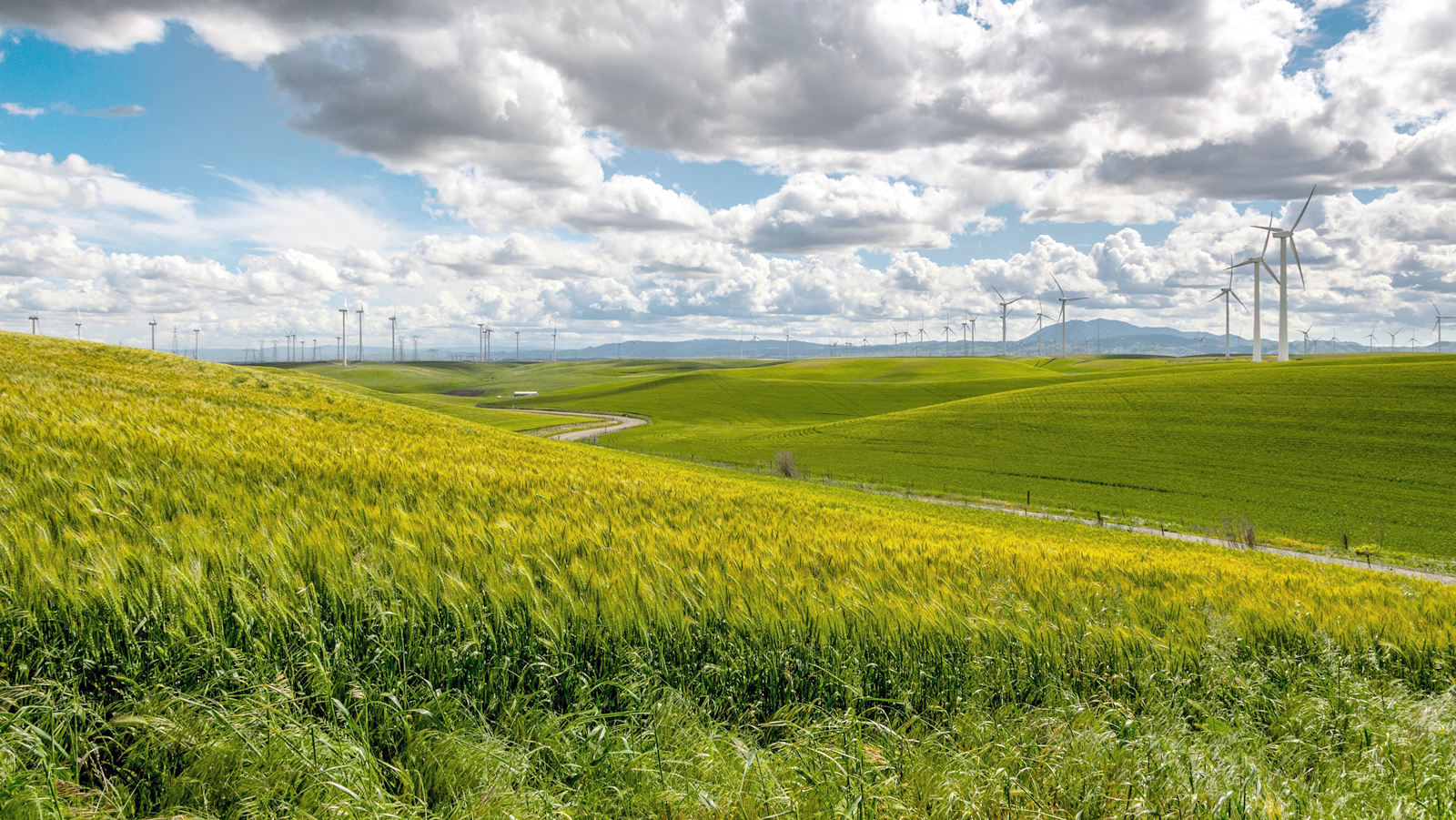A Healthier Tomorrow – A Healthy Planet – Climate Change – part 2
Imagine a Healthier Tomorrow
By Alison H. Page

Climate change is real. We are, at least partially, the cause of it. We can do something about it. Responding to climate change involves two possible approaches: Mitigation and Adaptation.
Mitigation – reducing climate change – involves reducing the flow of heat-trapping greenhouse gases into the atmosphere, either by reducing sources of these gases or enhancing the “sinks” that accumulate and store these gases.
Adaptation – adapting to life in a changing climate – involves adjusting to actual or expected future climate.
So, what can we do? Green America Editors provides us with some great recommendations.
To address the changing climate, we can adapt to the changes as they occur. We can build stronger houses, put up dykes that keep the oceans at bay. We can plant different crops and adopt different farming practices.
We can also engage in behaviors that will slow or reverse climate change. Here are some specific things you can do.
You can transition how you get and use energy. First, replace oil and coal with wind and solar energy sources at your home and in your community. If you can’t afford to install your own solar panels and windmill, buy renewable energy from your energy provider. Second, use less energy. Turn off the lights and turn down the heat.
You can change your transportation habits. Drive less. Transition from your gas fueled vehicle to an electric vehicle when you can. They are expensive now, but the price will come down.
You can manage refrigerants responsibly. Refrigerators, freezers, dehumidifiers, and air conditioners all contain environmentally harmful refrigerants. Unscrupulous appliance scrappers simply cut the refrigerant lines, releasing the gas into the atmosphere. This is not only illegal, but extremely harmful to the atmosphere.
Earth Friendly Recycling ensures every refrigerant containing appliance is evacuated of its refrigerant prior to dismantling, eliminating the potential harmful effects of releasing it into the atmosphere. Once the refrigerant is removed, it is available to be filtered and reused.
You can adopt a plant rich diet. Our Western diet comes with a steep climate price tag. The most conservative estimates suggest that raising livestock accounts for nearly 15 percent of global greenhouse gases emitted each year; the most comprehensive assessments of direct and indirect emissions say more than 50 percent.
Outside of innovative, carbon-sequestering managed-grazing practices used by some farmers, the production of meat and dairy contributes many more emissions than growing their sprouted counterparts—vegetables, fruits, grains, and legumes.
Ruminants such as cows are the most prolific offenders, generating the potent greenhouse gas methane as they digest their food. In addition, agricultural land use and associated energy consumption to grow livestock feed produce carbon dioxide emissions, while manure and fertilizers emit nitrous oxide. If cattle were their own nation, they would be the world’s third-largest emitter of greenhouse gases.
You can help to reduce food waste. A third of the food raised or prepared does not make it from farm or factory to fork. The food we waste contributes 4.4 gigatons of CO2-equivalent into the atmosphere each year—roughly eight percent of total greenhouse-gas emissions generated by humans.
There are a lot of reasons for food waste worldwide. Regardless of the reason, the outcome is the same. Producing uneaten food squanders a whole host of resources—seeds, water, energy, land, fertilizer, hours of labor, financial capital—and generates greenhouse gases at every stage—including methane when organic matter lands in the global rubbish bin.
You can plant trees, wherever and whenever you can. Trees improve air quality. Respiration is the process by which a tree takes in carbon dioxide and releases oxygen. The amount of carbon dioxide a tree can hold is called carbon sequestration. They sequester this carbon dioxide by storing it in their trunks, branches, leaves and roots. Two of the best trees for carbon sequestration are Oaks and Pines.
You can also help restore and preserve the rainforests. You can donate funds that support rainforest management. But you can also look closely at what you buy. Buy only sustainably sourced food products and construction products. Palm oil is a wonderful product that makes our food taste better and our soap bubblier, but at a grave cost. The rain forests are being burned down to grow palm in order to meet increasing demand for the wonder product. The rainforest is also being deforested to produce beautiful, exotic wood for floors.
You can stop buying plastic and recycle everything you can. Don’t buy food in plastic containers or wrappings. Say “no thank you” to plastic bags. Don’t buy plastic storage containers and toys. If you do, buy them used. Plastic is a petroleum product. It can never be put back into the earth in a good way. Plastic is not totally recyclable. Recycling plastic utilizes water and other resources. Some plastic inevitably gets burned releasing toxic chemicals and carcinogens into our atmosphere. Instead, buy glass, aluminum and paper. Glass can be recycled endlessly. Aluminum can be recycled completely at a much lower cost than mining ore to produce new aluminum. Wood and paper are renewable. We have good options. Plastic is not one of them.
You can support efforts to slow population growth world-wide. More people result in more energy use, which results in more global warming. Two of the most impactful ways to control population growth globally involve educating girls and providing access to health care and family planning services.
Climate change is the challenge of the century. Lat’s get after it.
For more information read Drawdown: The Most Comprehensive Plan Ever Proposed to Reverse Global Warming (Penguin Books, 2017), edited by Paul Hawken. —the Green America editors
https://greenamerica.org/climate-change-100-reasons-hope/top-10-solutions-reverse-climate-change

